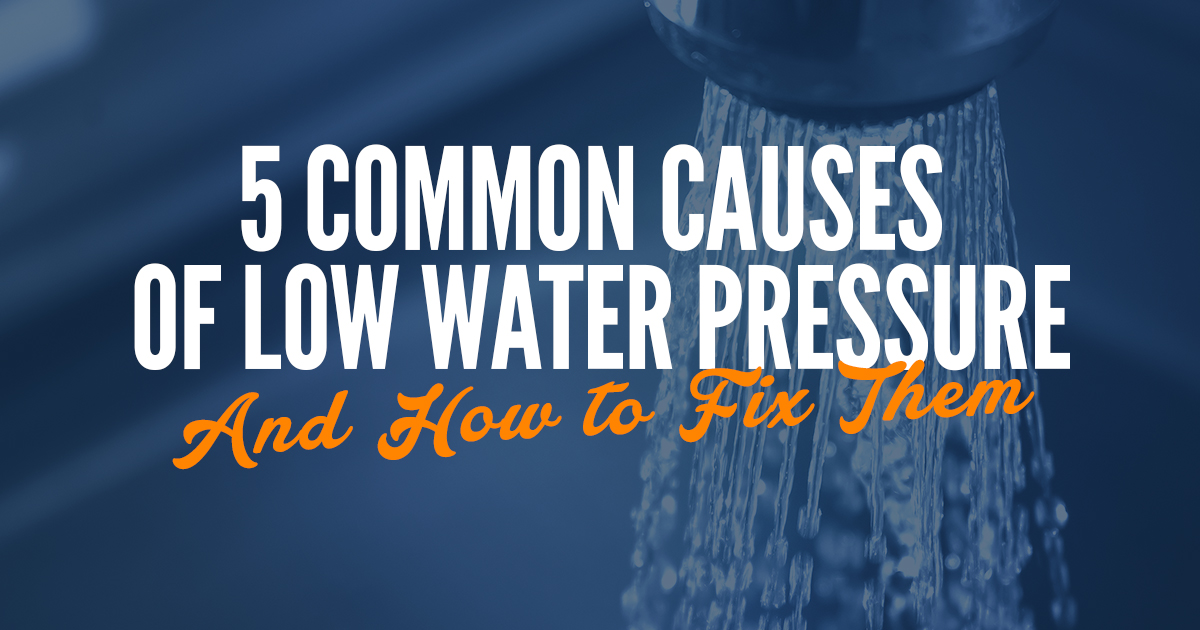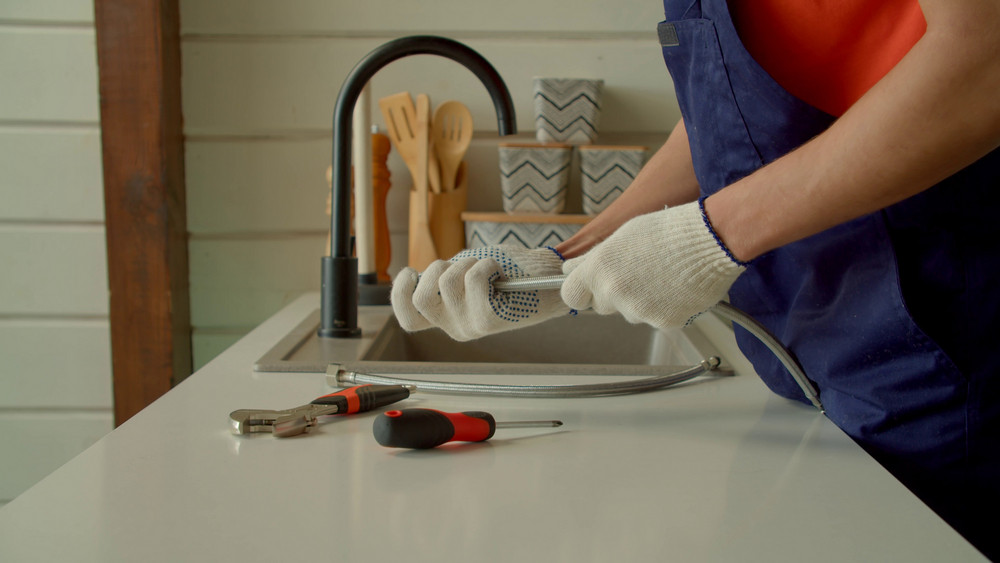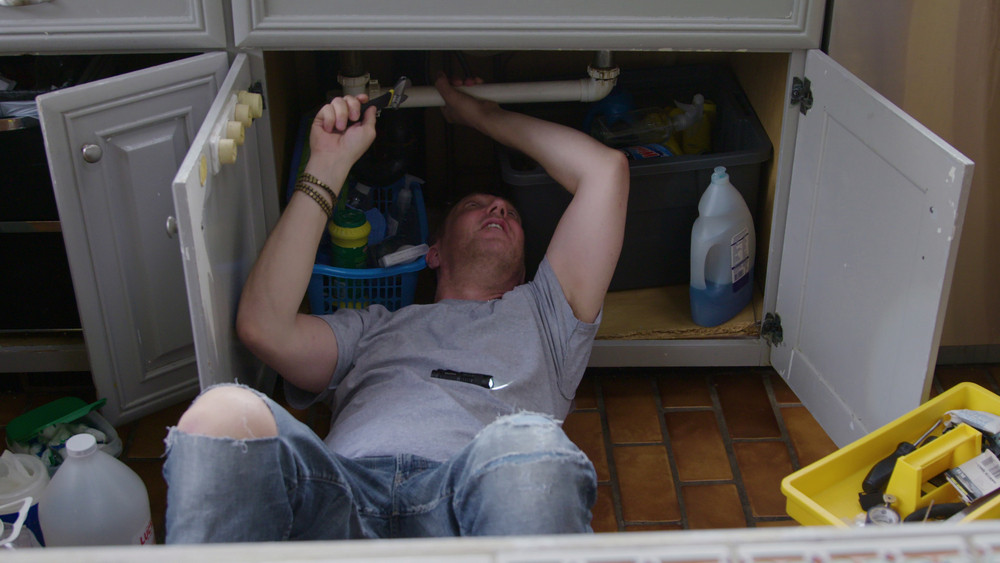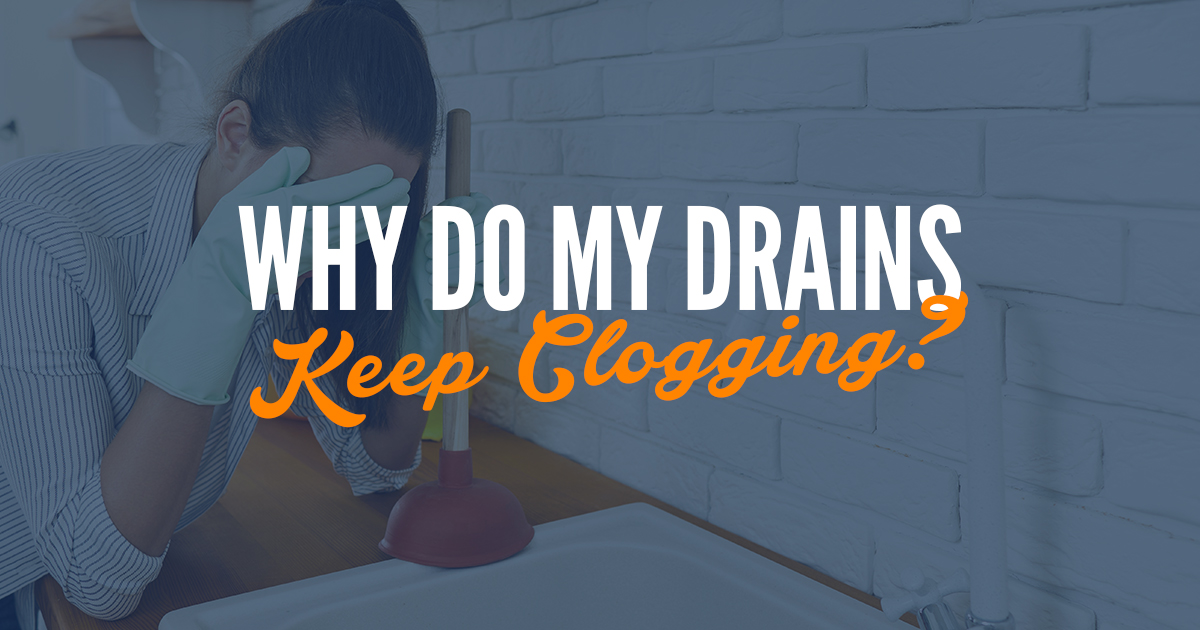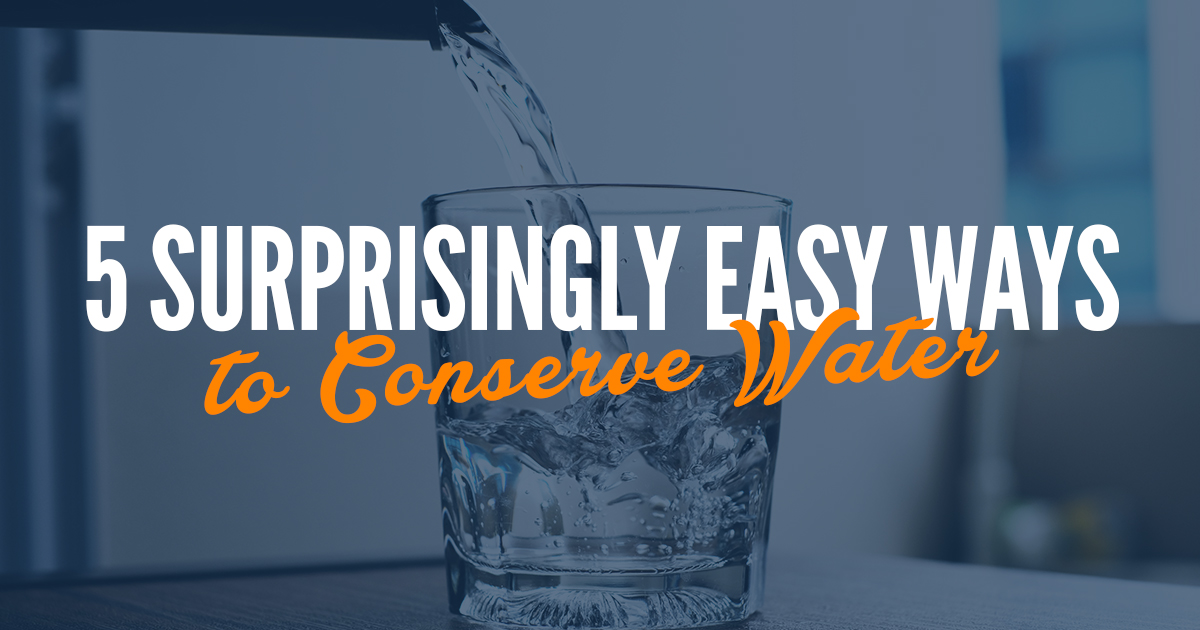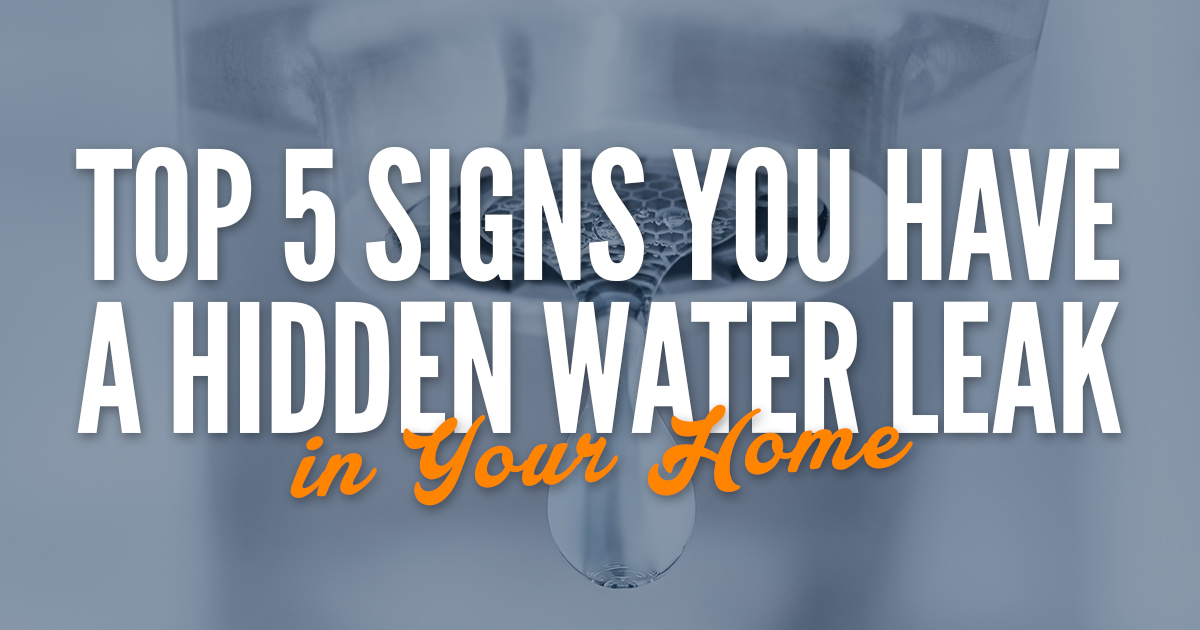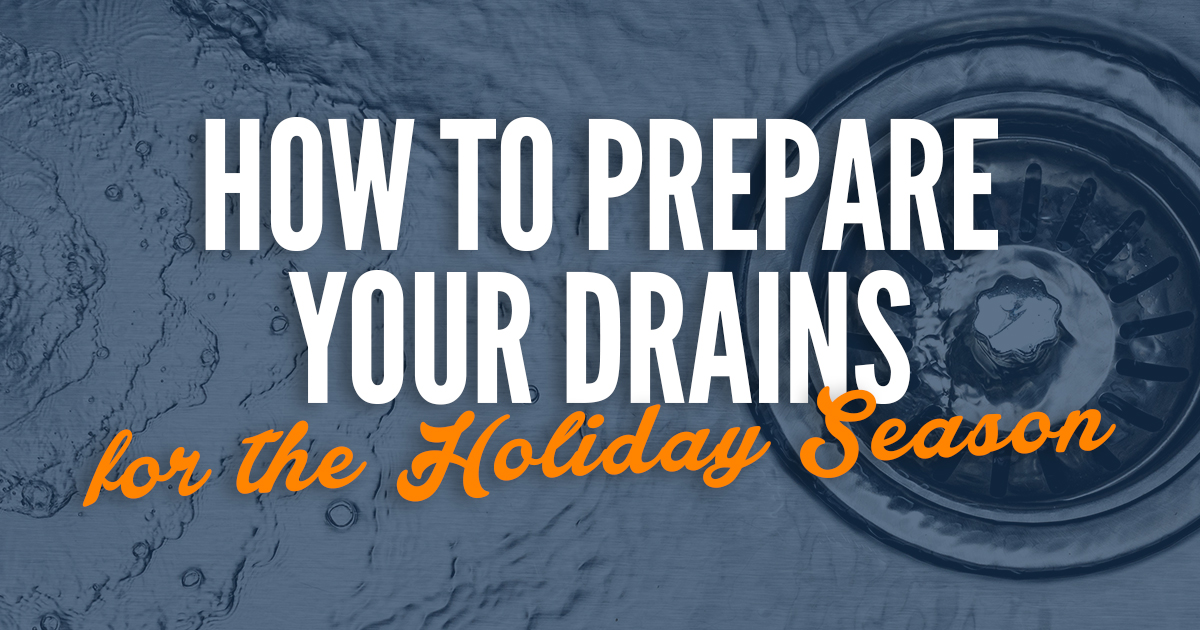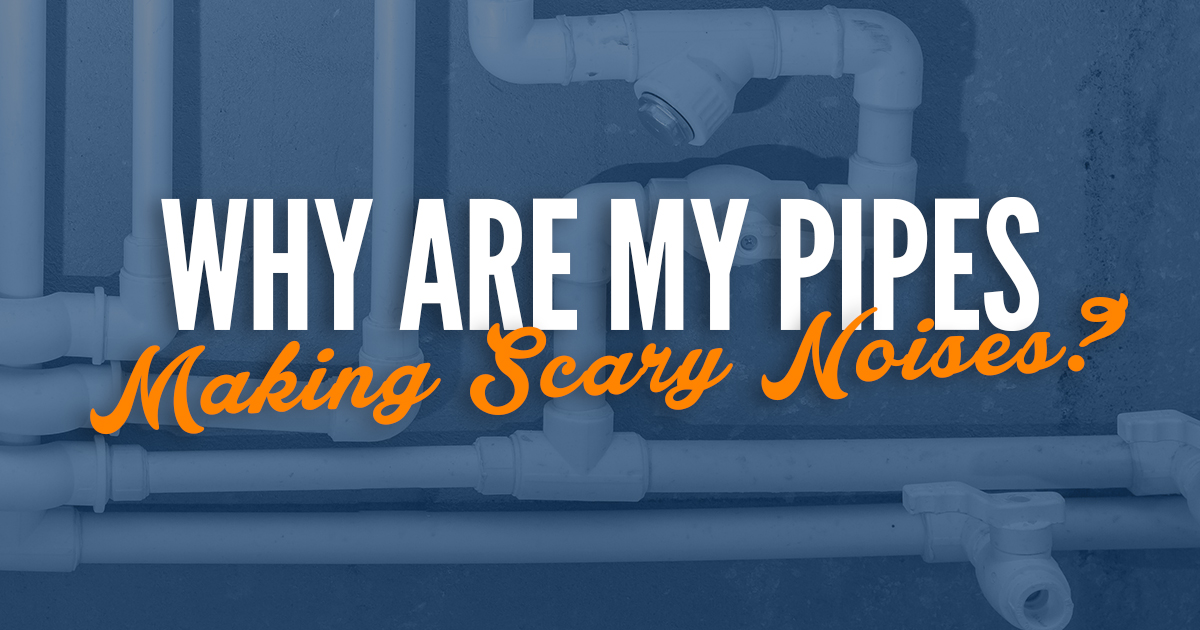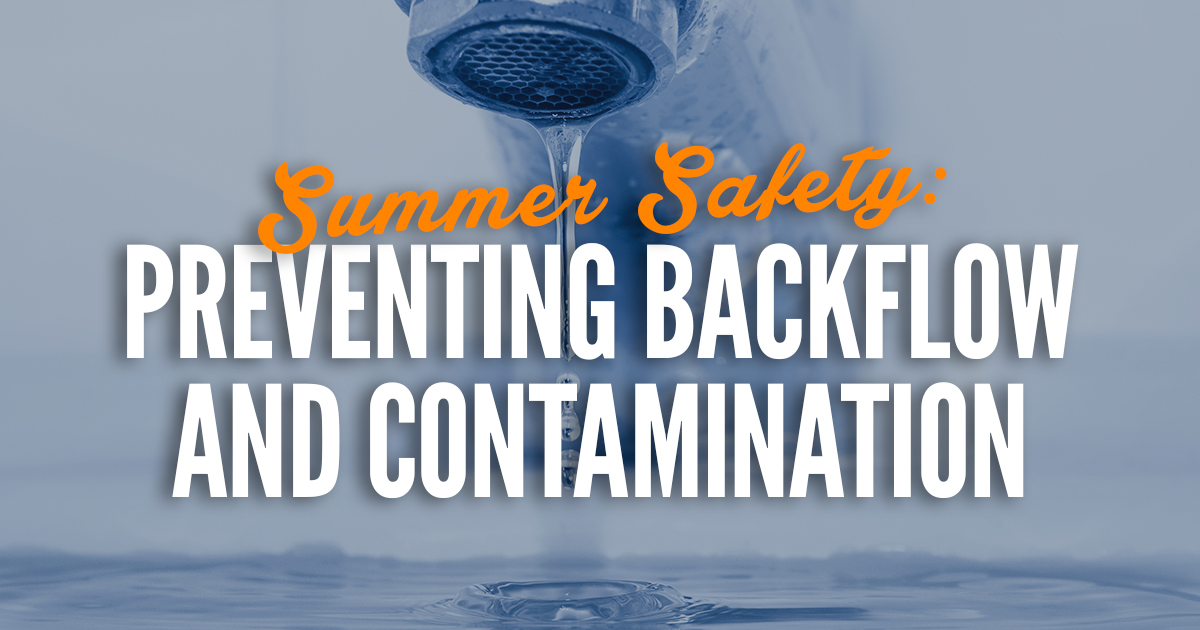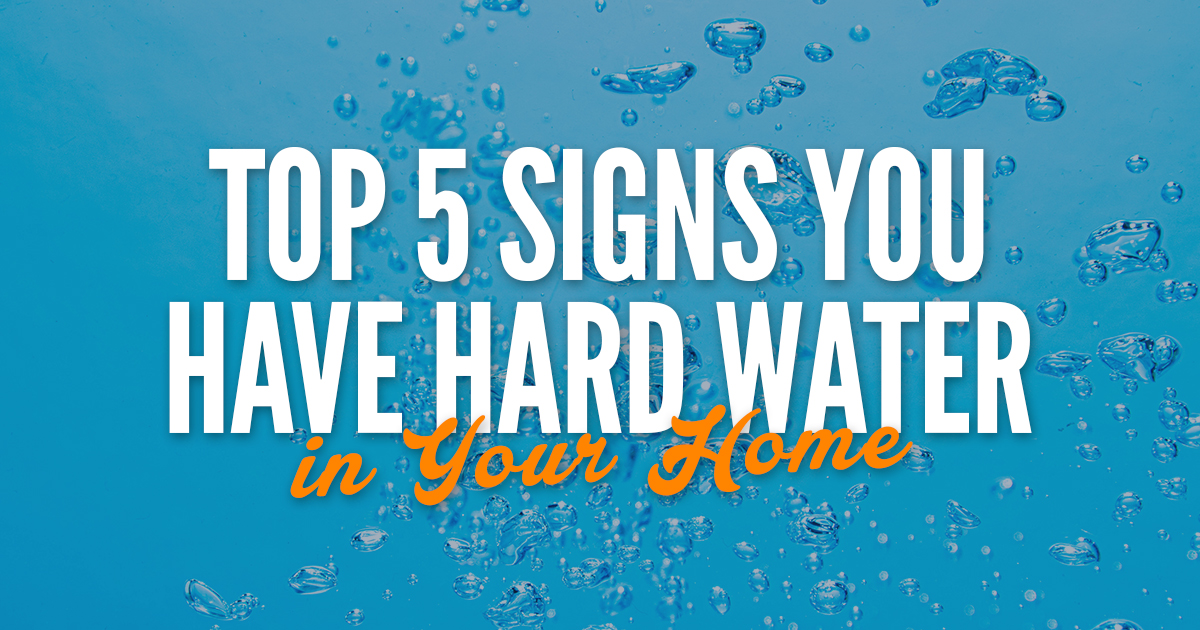Living in Santa Maria, California, where sunny days are the norm and we rely on both municipal water and sometimes well systems in the surrounding areas, inconsistent water pressure can be more than just an inconvenience – it can disrupt your daily routine. That weak shower stream or the slow-filling sink can be frustrating, especially when you’re trying to get ready for a day exploring the Central Coast. But before you call a plumber, it’s worth exploring some of the most common culprits behind low water pressure. Often, the fix is simpler than you think! Let’s dive into five frequent reasons why your water pressure might be less than stellar here in Santa Maria, and what you can do about it.
1. Faucet Aerator Clogs
This is often the easiest fix! The aerator, that little screen at the tip of your faucets, can trap sediment and mineral deposits common in our California water over time. This buildup restricts water flow, leading to a noticeable drop in pressure at that specific faucet.
How to Fix It:
- Unscrew the aerator by hand or with pliers
- Rinse the screen and any other components under running water to remove loose debris.
- Once clean, reassemble the aerator and screw it back onto the faucet.
- Turn the water on to see if the pressure has improved, and repeat this process for all your faucets.
2. Showerhead Buildup
Similar to faucet aerators, showerheads are prone to mineral deposits accumulating in their nozzles due to the local water composition. This can significantly restrict the water flow, turning your refreshing shower after a day at the beach into a frustrating trickle.
How to Fix It:
- You can usually clean the showerhead without removing it. Just fill a plastic bag with white vinegar and secure it around the showerhead so that the nozzles are submerged.
- Leave the vinegar there to soak for a few hours or even overnight.
- Remove the bag and use an old toothbrush or pin to gently scrub away any remaining mineral deposits from the nozzles.
- Rinse and test! Turn on the shower to flush out any loosened debris.
Note: if the pressure is still low, you may need to remove the showerhead for a more thorough cleaning or consider replacing it if the buildup is severe.
3. Partially Closed Shut-Off Valves
Every plumbing fixture has shut-off valves, usually located directly beneath sinks and toilets. Main water lines also have shut-off valves. If one of these valves is partially closed, it can restrict the overall water flow to that fixture or even the entire house. This might happen accidentally during previous repairs or installations.
How to Fix It:
- Locate the shut-off valves and check under the fixture experiencing low water pressure. Also, check the main water shut-off valve for your house (often in the garage, near the water meter, or where the water line enters your property).
- Make sure they are fully open by turning the handle of each valve counterclockwise until it stops. But, be careful not to force it.
- Now, test the pressure and see if it has improved!
4. Pressure Regulator Issues
Many homes, especially those on the Santa Maria municipal water system, have a pressure regulator. This device controls the water pressure entering your house from the main line. If the regulator is failing or improperly set, it can lead to consistently low pressure throughout your home.
How to Fix It:
- Locate the pressure regulator (often a bell-shaped valve located on the main water line entering your house, often near the water meter).
- Identify the pressure guage and check the reading (a typical residential pressure is between 40-60 psi).
- Attempt to adjust it, but do so with caution. Do this only if you are comfortable and know what you are doing. Turn the screw clockwise to increase pressure and counterclockwise to decrease it. Make small adjustments and check the pressure after each one.
- Call a professional if you’are unsure about adjusting the pressure regulator or if it appears to be faulty.
5. Older or Corroded Pipes
In older homes in Santa Maria, particularly those built before certain plumbing standards were widely adopted, corrosion and mineral buildup can accumulate inside the pipes over many years. This internal restriction reduces the diameter of the pipes, hindering water flow and resulting in low pressure throughout the house.
How to Fix It:
- Identify potential issues by looking for signs of older plumbing, such as gray, metallic pipes with threaded connections.
- Because cleaning inside of corroded pipes is usually not a viable long-term solution, it’s important to schedule a professional inspection.
- If you suspect widespread pipe corrosion is the cause of your low water pressure, contact a Santa Maria plumber (that’s us!)
Don’t let low water pressure dampen your day enjoying the Santa Maria sunshine! By systematically checking these common causes, you might be able to restore a satisfying flow to your faucets and showers. However, if you’re uncomfortable with any of these steps or if the problem persists, don’t hesitate to call a local plumbing professional here in Santa Maria to diagnose and resolve the issue – like Griffin Plumbing. We have the expertise and tools to get your water pressure back to where it should be, ensuring you can get back to enjoying all that Santa Maria has to offer.
Contact Griffin Plumbing if you need help with your low water pressure today!
